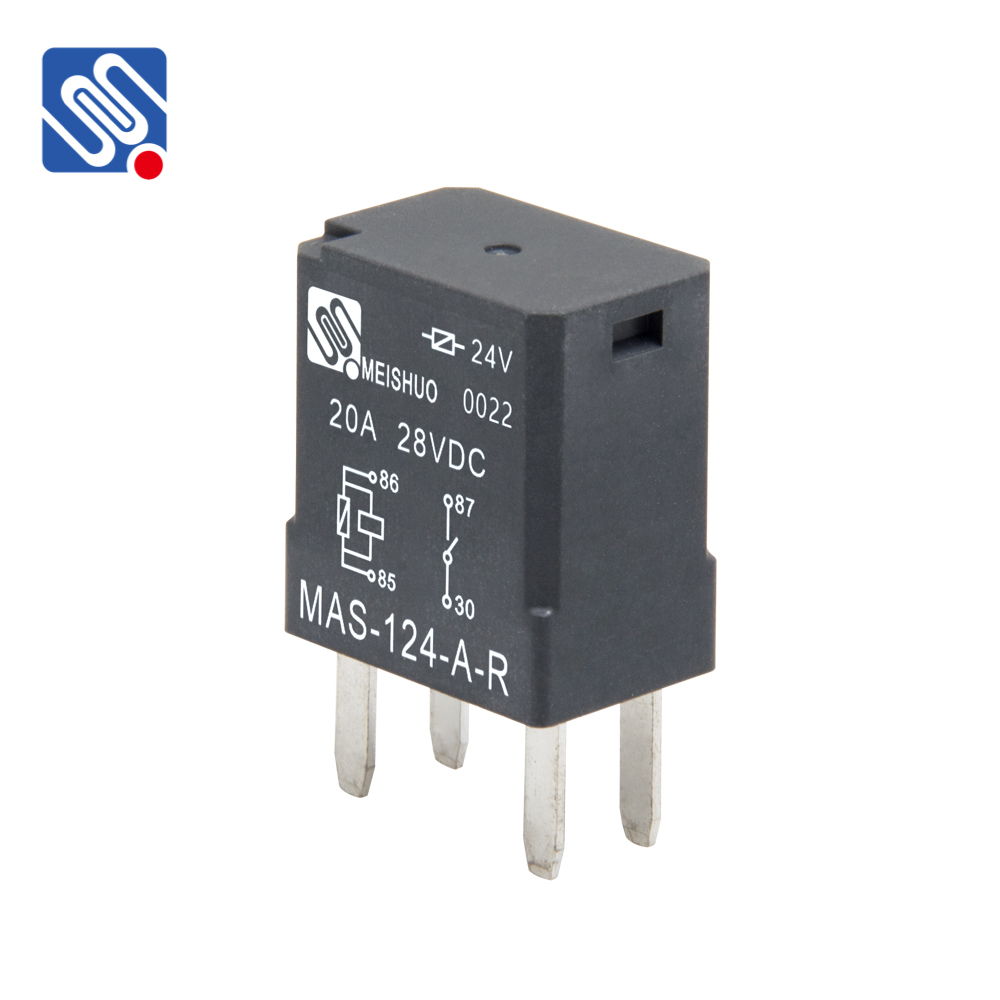A 24V 30A relay is an electrical component that plays a crucial role in controlling circuits in various electronic and electrical systems. With its ability to manage high current loads, it is widely used in industrial, automotive, and home appliance applications. In this article, we will explore the main features, uses, and important considerations when working with a 24V 30A relay.

What is a 24V 30A Relay? A relay is an electromechanical switch that uses an electromagnetic coil to open or close a circuit. The 24V 30A relay is designed to work with a control voltage of 24 volts and is rated to handle a maximum load of 30 amperes. The relay typically consists of a coil, a movable armature, and a set of contacts. When current flows through the coil, it generates a magnetic field that causes the armature to move, either opening or closing the contacts, depending on the relay’s design. Key Features of the 24V 30A Relay Operating Voltage: The 24V rating refers to the control voltage required to activate the relay. It is commonly used in systems powered by 24V DC or AC, which is a standard voltage in many industrial and automotive applications.